A strong innovative character that makes us tackle the great technological challenges of R&D&I.
At Plexus Tech we promote activities linked to research, development and innovation (R&D&I) using either our own resources or in partnership with other companies and public and private institutions, seeking to bring greater strength to products or processes so as to increase their competitiveness and provide new solutions to the challenges that arise in a globalised market.
We conceptualise and execute projects for strategic economic sectors, such as healthcare, banking, tourism, automotive, industry and energy, both within and outside Europe.
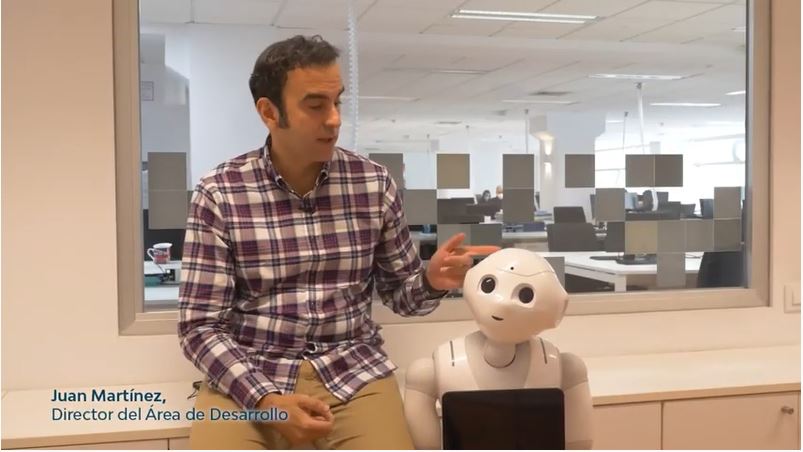
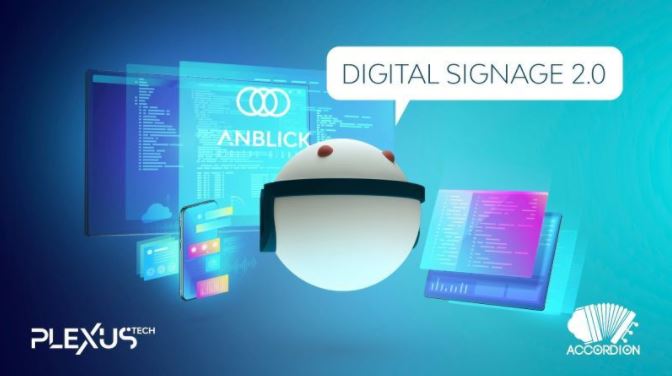
Most of the activities promoted by our research and development policy have the potential to generate social advances in quality of life, improvement of the environment, health, etc.
ACCORDION H2020 is a cloud and edge computing project that seeks to bring together efforts in the field of new technologies to create a symbiotic network that will address the future requirements of society in the area of large-scale computing.
The biggest challenge for the European large-scale computing environment is the potential remoteness of its computing pools, which means that any collaboration faces considerable latency that hinders the viability of a symbiotic relationship. As part of this project, a European Edge Computing Platform will be developed.
At Plexus Tech we aim to develop an analytics platform on which visitor location data is managed locally without being sent to the cloud, in order to have faster decision making. As we are responsible for the use case “Intelligent Geolocation Solutions”, we promote the evolution of our TRAQUS and ANBLICK products on the Edge Computing platform.
The project brings together a total of twelve organisations (companies, universities and research centres) from Germany, Poland, Greece, Finland, Italy and Spain. The key to this project therefore lies in the coordination of the different players, whether they are local organisations and infrastructures or continent-wide.
“Smart spatial applications for #advanced digital marketing”, is the video of Plexus Tech's use case for ACCORDION H2020.
We use our proprietary digital signage product ANBLICK, offering advertising that adapts to the user in real time.
The European CHARITY (Cloud for Holography and Augmented RealITY) project aims to harness the benefits of cloud computing, edge computing and virtual/augmented reality. This combination of low and high latency technologies permits the development of new highly interactive and collaborative experiences, products and services.
CHARITY proposes an innovative cloud architecture that, combined with Edge solutions, is intended to overcome the technical limitations that currently exist in technologies like virtual reality, augmented reality and holography. This will allow progress to be made on virtual and holographic assistants for use in meetings, medical training and education, as well as in collaborative games, aeronautical simulations and holographic telepresence, among other scenarios.
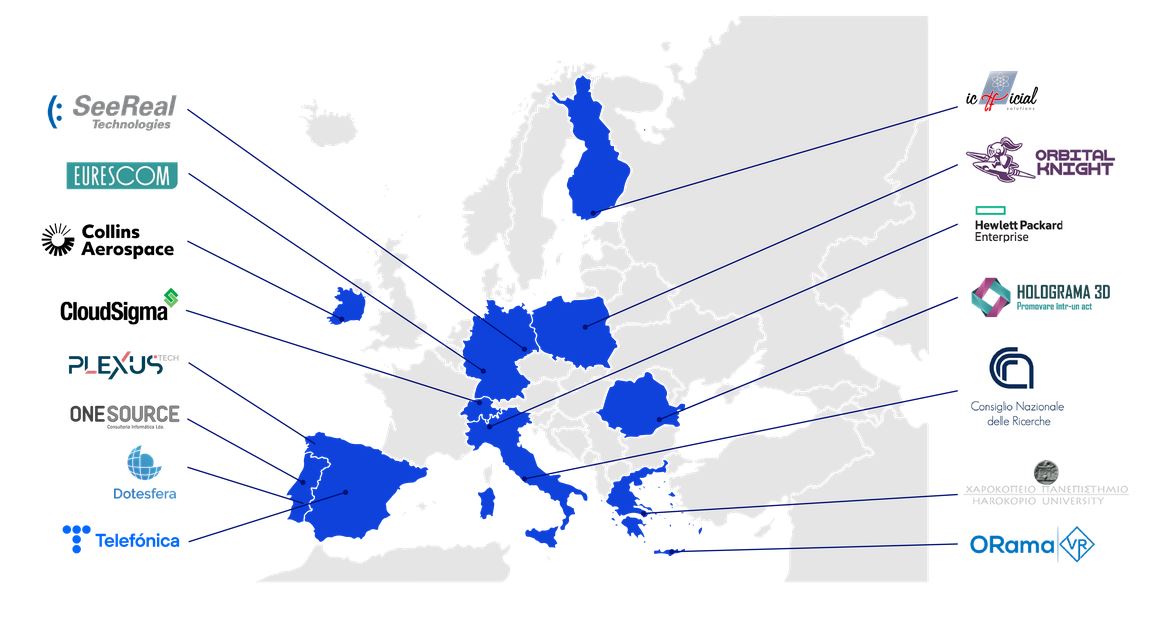
The project is driven by a consortium of fifteen companies and research centres from nine EU countries. The planned duration is 36 months, from January 2021 to December 2023.
In particular, Plexus Tech focuses on optimising data throughput and decreasing latency to improve the incorporation of these technologies into the proposed use cases.
It also leads the communication and dissemination of the project in order to publicise its results and facilitate its future commercialisation.
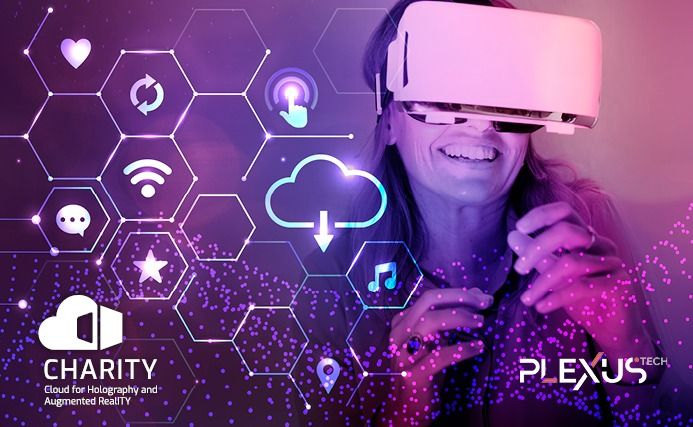
Objectives of the CHARITY project:
- To bring about the autonomy of networking, computing and storage resources for future technological applications of this type in Europe.
- To promote the creation of services and applications for collaboration between the different projects.
- To create a European technological ecosystem that benefits society as a whole and makes it possible to compete abroad.
Based on user requirements, applications of these technologies have been designed to meet the major challenges of virtual and augmented reality. This will validate the technology for a multitude of variants and allows the technological innovations in the CHARITY project to be demonstrated.
Some examples are virtual reality or holographic concerts, holographic business meetings, virtual reality training for healthcare staff and virtual reality guided tours of various places of interest.
Early prediction of anti-COVID-19 activity on biomolecules present in fungi and microalgae by applying Machine Learning techniques integrating biological and chemical data (DIGITAL-BIOCoV): This project aims to develop functional prediction tools using algorithms that integrate chemical and biological information to accelerate the discovery of anti-covid-19 drugs from selected species of fungi and algae with known medicinal interest.
The companies participating in the project are Hyphae da Terra SL, as the representative, Laboratorio Cifga SA, AMS Biopharma Laboratory SLU and Tecnologías Plexus SL.
The project has been supported by the Second Vice-Presidency and Regional Ministry of Economy, Enterprise and Innovation of the Xunta de Galicia. It is subsidised by the Galician Innovation Agency and funded through the CONECTA COVID 2021 programme under the REACT-EU axis of the Galicia ERDF operational programme 2014-2021, as part of the European Union’s response to the COVID-19 pandemic.


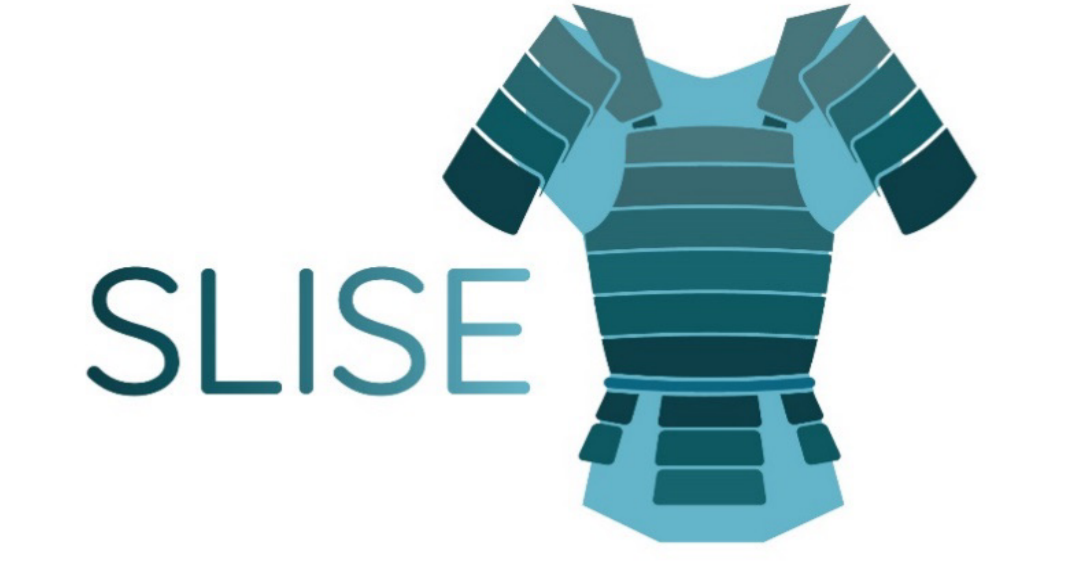
Security in network slicing for next generation communications (SLISE): The aim of the project is to mitigate the vulnerabilities of the new virtualisation technologies massively adopted in the core 5G architecture. This will involve research into new algorithms for incident analysis, encryption, attack identification and detection, and automated response, in a more flexible context, to address the risks inherent in virtualisation technologies: Network Function Virtualisation (NFV), Software Defined Networks (SDN) and Network Slicing (NS). The project also plans for several use cases with different protection priorities, including critical infrastructure management and communications in the manufacturing industry.
The SLISE consortium is composed of eight Spanish companies covering the 5G cybersecurity value chain: four cybersecurity providers -S2grupo, Titanium, Plexus and Eneo-, one communications provider (Optare), one instrumentation manufacturer (GSertel) and two end-users, Red Eléctrica Española and Elewit. These companies will be supported by several technology centres, Gradiant, Vicomtech, Ikergune, Innovalia and the Polytechnic University of Madrid. All participants share the vision of providing secure communications services to society and industry today and in the future.
The project is supported by the CDTI, through its Science and Innovation Missions 2021 programme, and funded by the European Union:

The CAREBOT project has been created with the aim of developing intelligent robotic patient support units in healthcare centres to guarantee personalised care suited to the user.
The aim is to improve the perceived level of quality, optimising the work of the healthcare professional and facilitating decision-making by the organisation in outpatient and home monitoring scenarios.
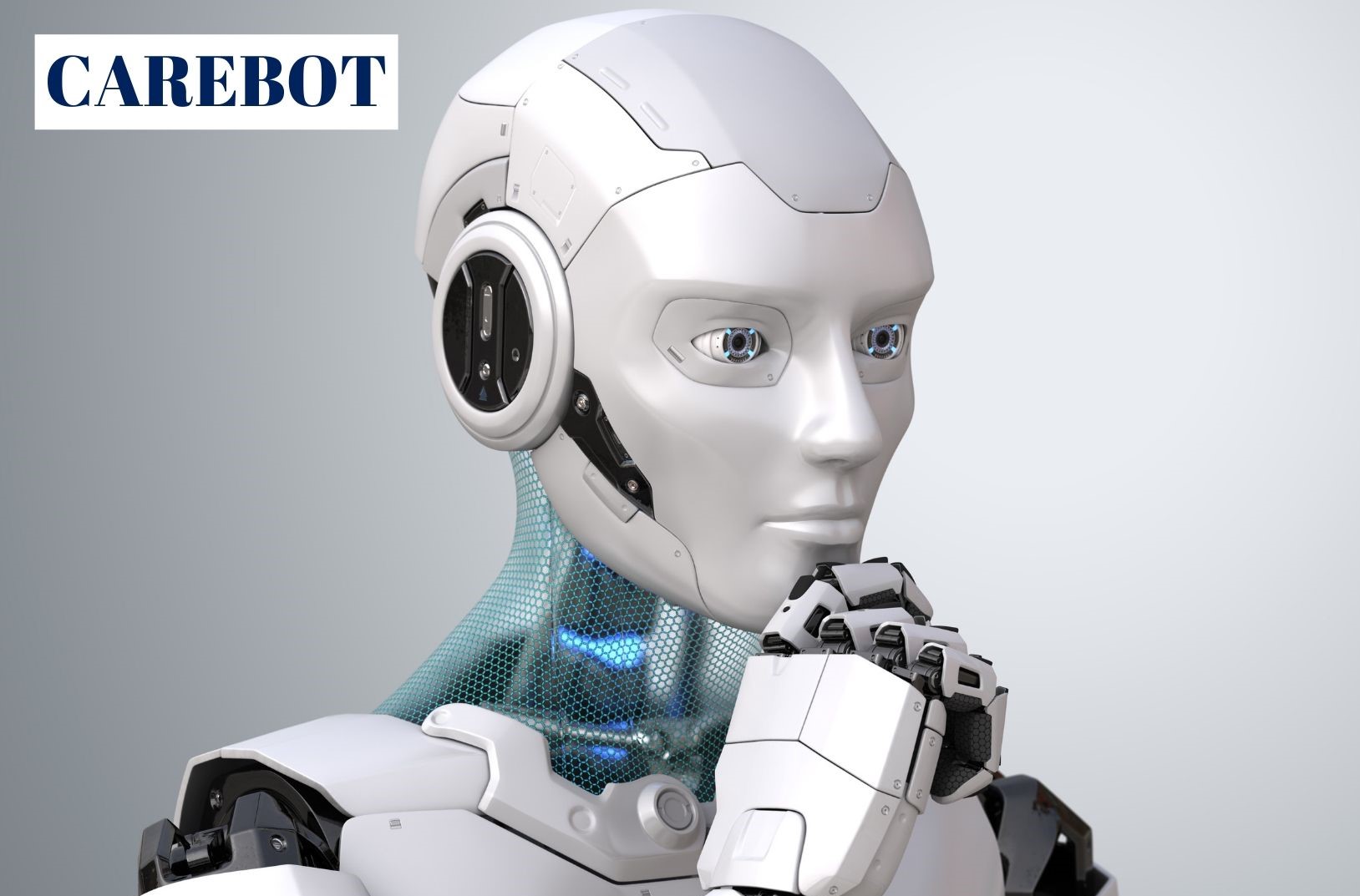
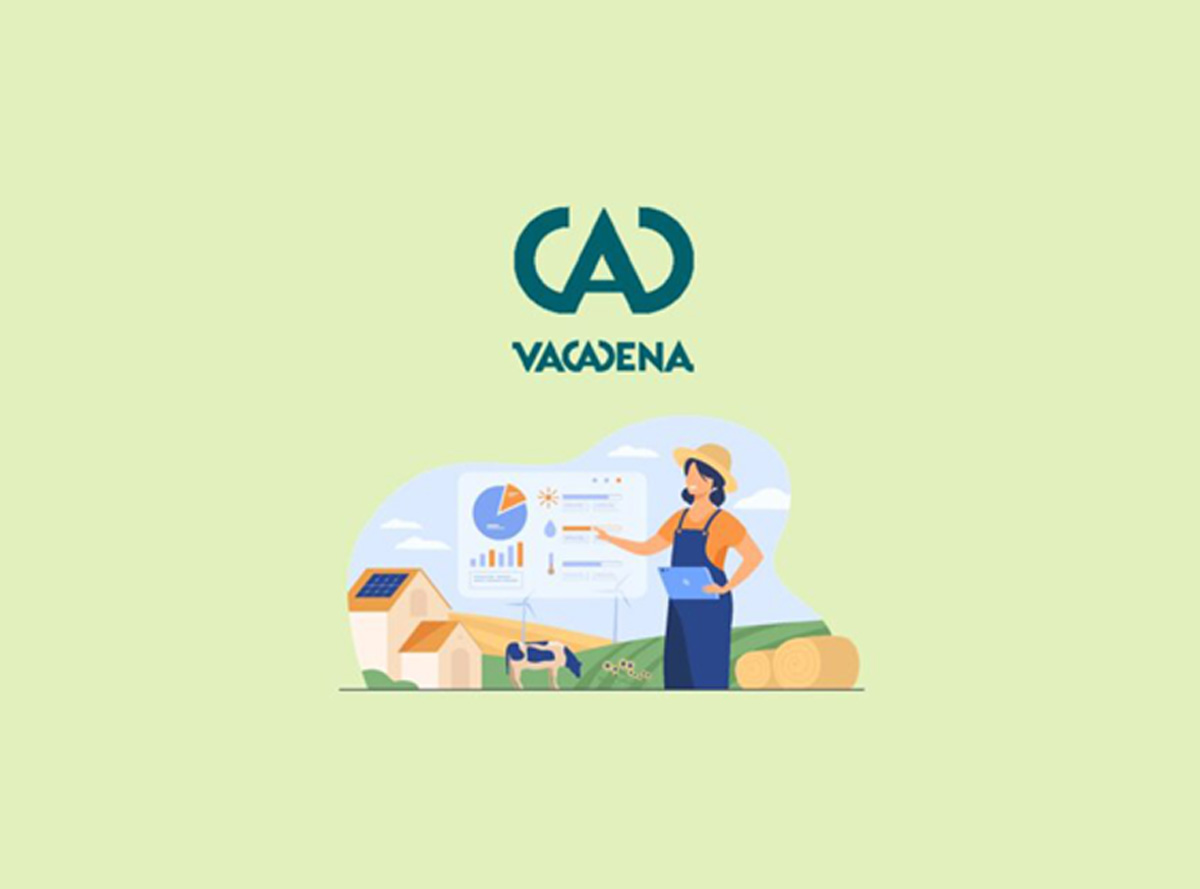
The VACADENA project will develop a complex beef tracking and tracing system that involves the whole food chain, from the producer/breeder to the final consumer, so that, in addition to the mandatory information, much other optional information isintegrated into a single system that allows it to be accessible (with appropriate restrictions) by any agent or even by the end consumer.
TheEDI and EAN.UCC standards, as well as blockchain technologies, will be used to enable the exchange of information, in addition to the absolute guarantee of the unalterability of all digital information related to traceability.
ISMAEL proposes the development of a tool to support healthcare professionals during medical consultations, reducing the time needed to record and search for information in the Electronic Health Record (EHR).
In addition, artificial intelligence will provide a list of probable diagnoses, thereby contributing to increased quality of care and patient safety.
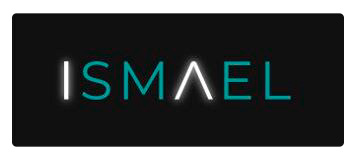

The aim of the AVECEN project is the development of a distributed platform that allows patients to self-manage neurodegenerative mental illnesses and helps with decision-making by the medical professionals and caregivers around them.
We therefore propose the creation of a dynamic virtual assistant that continuously monitors and evaluates the execution of certain clinical routines, making recommendations that are adapted to the patient's condition and assessing their habitual behaviour to evaluate the evolution of their state of health. www.avecen.com
Ganadora (a pun on ‘winner’ and ‘cattle’) is an individual R&D project from the CDTI, which seeks to obtain a system that improves the production processes of the beef cattle sector, by using data mining, process flows, decision support systems, alerts, etc., in order to facilitate the control of epidemics, feeding and veterinary treatments, predictive capacity and risk management, among others.
In short, the aim is to increase the efficiency and safety of livestock farms in order to improve their competitiveness, as well as the management of health alerts and risks on the part of government departments.
Ganadora (a pun on ‘winner’ and ‘cattle’) is an individual R&D project from the CDTI, which seeks to obtain a system that improves the production processes of the beef cattle sector, by using data mining, process flows, decision support systems, alerts, etc., in order to facilitate the control of epidemics, feeding and veterinary treatments, predictive capacity and risk management, among others.
In short, the aim is to increase the efficiency and safety of livestock farms in order to improve their competitiveness, as well as the management of health alerts and risks on the part of government departments.
The goal of this project is to produce a highly visual and interoperable system that supports complex decision-making by tumour boards. This system will facilitate access to and the visualisation of the integrated information of oncology patients, including medical imaging, as well as the entire workflow associated with their care and management process, and where all the medical profiles involved are perfectly synchronised and have the appropriate information for collaborative work.
Promotion of the hiring of technical personnel to carry out R&D&I activities in companies and research bodies in Galicia.
Promotion of the hiring of technical personnel to carry out R&D&I activities in companies and research bodies in Galicia.
The ISOPHIE project aims to develop a healthcare ICT platform in the oncology domain, guided by the principles of 4P medicine (personalised, participatory, predictive and preventive), clinical excellence and total quality. The project addresses the main challenges for professionals and patients undergoing chemotherapy treatment processes: increasing complexity in the selection of the most appropriate treatments for each patient, incorporation of the results of genetic research into clinical practice, empowerment of the oncology patient, as well as improving communication in scenarios in the hospital and outside between all the actors involved in the therapy.
This CDTI-supported research and development project (RDP) aims, using a Wi-Fi positioning and location system, to develop a solution for learning and targeting services based on user preferences, which also makes it possible to establish models and make predictions to facilitate future decision-making.
This CDTI-supported research and development project (RDP) aims, using a Wi-Fi positioning and location system, to develop a solution for learning and targeting services based on user preferences, which also makes it possible to establish models and make predictions to facilitate future decision-making.
Design and implementation of software tools developed for centralised and mobile platforms, based on Big Data analysis and neural network algorithms, which enable the monitoring of diabetic patients and the variables related to their disease, in order to be able to make predictions about the possible evolution of their disease and all potentially associated variables.
Low-power, low-maintenance visual information presentation infrastructure based on electronic ink displays.
Low-power, low-maintenance visual information presentation infrastructure based on electronic ink displays.
The scope of the project focuses on the efficient management of smart cities, their infrastructure and the protection of the inhabitants, through the development of a comprehensive tool for the prediction, monitoring, control and reduction of gaseous emissions, including greenhouse gases (GHG) and particulate matter, among others, that affect air quality and also in relation to the monitoring, control and reduction of energy consumption.

